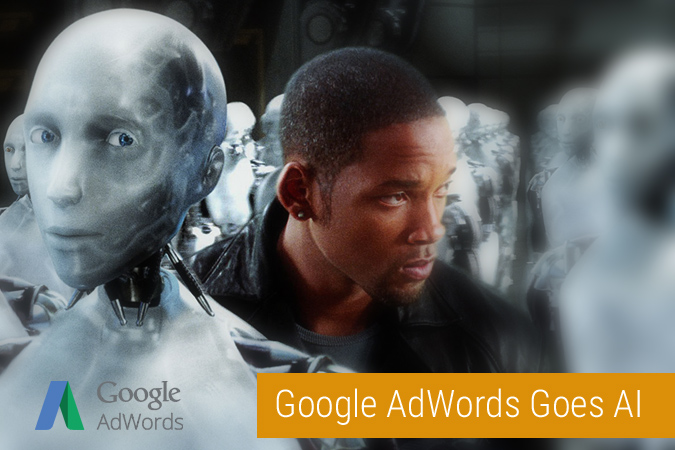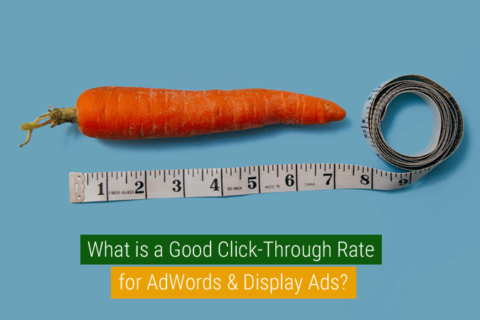Google AdWords Goes AI – But Gives You More Ad Real Estate in The Process

The machines are taking over – Will Smith was right!
Well, kind of. Google announced at their latest I/O conference in Mountain View California that their responsive AdWords function is currently in Beta, available to selected advertisers in the UK.
Straight out of Elon Musks’ nightmares, the new feature hands responsibility of Ad creative optimisation over to machine learnt models. This essentially rules out the need for users to manually split test Ad creative to discover which Ads are the most effective.
So how does it work?
When setting up your Ad, simply create a few varying headlines and several different descriptions and Google will begin testing different combinations, automatically finding the combination which they believe will lend itself best to achieving your goals.
So what does this mean?
Well if you are someone who likes to tinker with your Ads, constantly running manual A/B tests to find the best combination of Ad creative, this is bad news. This move seems to reflect a push towards greater automation.
The reasoning behind Google’s push for numerous Ad options is that your Ads will be able to participate and compete in a greater number of auctions as there is more chance of your ads being triggered when the number of keywords are broader.
Perhaps to appease those of us who like to get under the bonnet and test things ourselves, Google are offering a bit of a sweetener in the form of more ad real estate. With the new responsive Ads, you are given three headlines (as opposed to the traditional two), and two descriptions with an additional 10 characters (jumping from 80 to 90 characters).
How can I best take advantage of this new feature?
Although Google will now be able to dynamically change out your headlines and description to experiment and achieve the best possible results, they still actually need you to write the creative (score 1 to the humans!).
With the new dynamic AdWords feature, you can create up to fifteen different headlines and four different descriptions.
When creating dynamic Ads, we recommend taking the time to consider how your headlines and descriptions will interact with each other when they are changed out. However, also try and write your headlines so they are unique from one another.
For example, highlight different calls to actions, special offers and features in each of your headlines. Make sure that these headlines remain applicable to the keywords featured in your Ad group, inserting at least one of these into your headline.
While the responsive search Ads are still in Beta, this move towards automation offers a glimpse into what Google may have in mind for their advertising platform in the future. This new feature streamlines the process of discovering your best possible Ad for particular searches and negates the need for anymore manual A/B testing. However it removes the human element and our ability for us to decide what direction we wish to take our Ad creative ourselves.
First our AdWords. Then the Country. Then the World.



